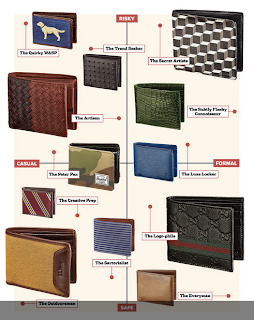A few days ago we made an
offhand remark about the absurdity of the ban on plastic grocery bags when such bags are permitted in many other circumstances. OK, but seriously:
1) How harmful are environmental plastics to human and animal health?
2) What is the extent of the problem?
3) What is the cost of remedy?
 |
| Photo of an Indian beach (coastalcare.org) |
A BBC reporter interviewed
Dr Simon Boxall of the National Oceanography Centre in Southampton in 2012 [bold added]:
"These plastic particles are like sponges, they're a bit like magnets for other contaminants, things like Tributyltin, the anti-fouling material....We don't know yet whether that then has an impact on the human food chain. It's still very early days to find out how far up the food chains these plastic particles go."
Professor Richard Thompson, Plymouth University:
"There are two concerns from a toxicological point of view. There's the issue that plastics are known to sorb and concentrate chemicals from sea water....And the secondary question is about chemicals that have been introduced into plastics from the time of manufacture, in order to achieve specific qualities of the plastic, its flexibility, or flame retardants or anti-microbials."
Oceanographers have recently
estimated the amount of plastic in the oceans to be [an astonishingly specific] 268,940 tons.
just over 75% of the 268,940 tonnes of plastic is accounted for by items measuring more than 200mm [just under 8 inches]. Chunks of polystyrene were the most commonly observed large items, but by weight lost fishing gear, such as floats, lines and nets, accounted for most. As for the number of items in the sea, the researchers calculated this to be 5.25 trillion bits of plastic of all sizes. The vast majority, some 4.8 trillion, are microplastics [under 4.75 mm] and these were spread across the world.
Are these tiny bits dangerous? From the study by Professor Thompson:
the plastics had been found "in relatively low quantities - one or two pieces per fish - so this is certainly not a risk from the point of view of the human population, people eating those fish, because of course we don't eat the guts normally".
But isn't the sheer quantity of microplastics alarming?
Although the number of microplastics appears huge, it was much lower than the researchers expected....The researchers surmise that those [sunlight and weathering] processes include faster-than-expected shredding of already brittle microplastics into particles that are too tiny for their nets to catch, along with particles being washed onto beaches and material finding its way into the stomachs of marine life and thence their predators. There is also growing evidence that some microbes can biodegrade tiny pieces of plastic.
The fact that the main problem--if there is one--concerns
brittle microplastics shouldn't stop us Californians from banning soft grocery bags. We can't wait for the science to verify what progressive minds already know to be true: plastic is bad.
Forcing shoppers to spend 10 cents a paper bag, or $1 for a reusable one (
teeming with harmful bacteria), is a small price to pay for feeling good about ourselves.























